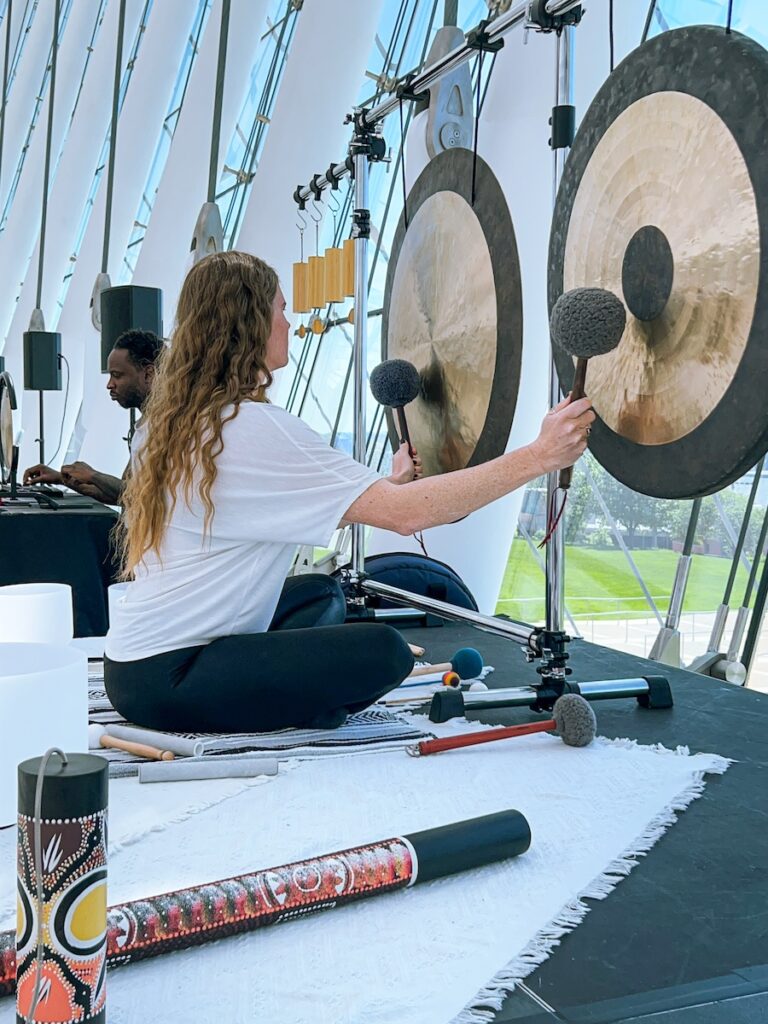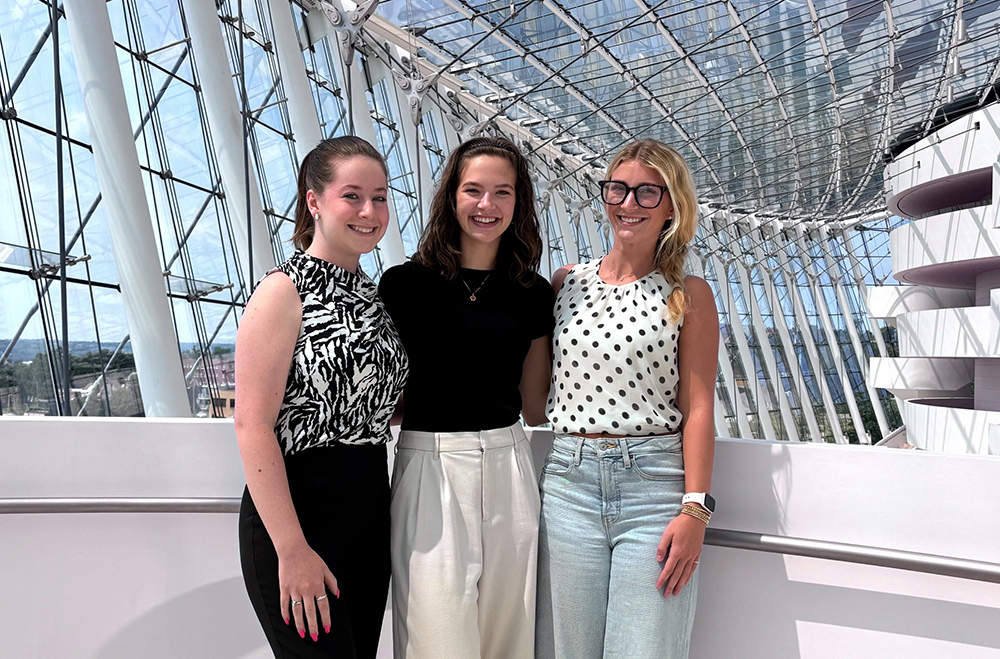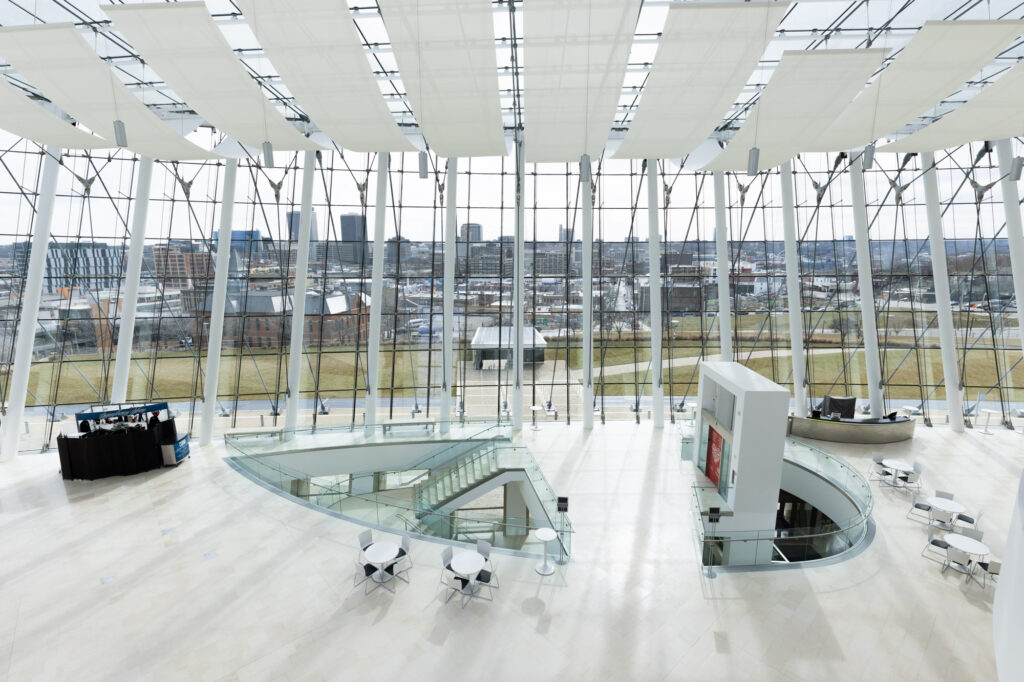 Whitener’s Vision
Whitener’s Vision
When asked his thoughts about the Kansas City Ballet’s future at the Kauffman Center, William Whitener, the Ballet’s artistic director, reached back to a childhood memory. Growing up in Seattle in the 50s, Whitener only had access to touring ballet productions and often viewed them in less-than-optimal theaters. (Photos courtesy of Steve Wilson).
“Even from the top balcony, with what appeared to be tiny dancers on stage, my interest was piqued,” Whitener shared. “Imagine the dance experiences our young people will enjoy, in a technically excellent theatre that is both intimate for the audience and expansive for the dancers,” Whitener says. “We are so fortunate that people in Kansas City are making this possible.”
The availability of two halls at the Kauffman Center (instead of one shared space at the Lyric Theatre) offers expanded programming opportunities for the center’s three resident companies — the Kansas City Ballet, the Lyric Opera and the Kansas City Symphony. For Whitener, the Kauffman Center design also opens up exciting opportunities for a greater variety in programming.
Whitener says that the larger proscenium theatre stage area will allow the company to do more full evening, narrative works, like Romeo and Juliet that the Ballet recently staged at the Music Hall. The Lyric Theatre cannot accommodate the number of dancers required on stage, nor can it handle the large sets demand by such productions.
“We can expand what we call our ‘mixed repertory’ in which we present three to four ballets in one evening,” Whitener suggests. “We’ve found this format to be a great way to introduce the medium to a newcomer and to provide the devoted follower a prismatic view of the art form.”
 Whitener also looks forward to taking advantage of the incredible technological capacity planned for the Kauffman Center. He cites the Kansas City Rep’s applications in the recent production of Clay, in which dramatic lighting was used, rather than scenery, to support changes in setting and locale. “The Ballet can develop works with contemporary themes and issues that relate to our times and capitalize on the Kauffman Center’s range of technology, like the Rep did with Clay.” Whitener says.
Whitener also looks forward to taking advantage of the incredible technological capacity planned for the Kauffman Center. He cites the Kansas City Rep’s applications in the recent production of Clay, in which dramatic lighting was used, rather than scenery, to support changes in setting and locale. “The Ballet can develop works with contemporary themes and issues that relate to our times and capitalize on the Kauffman Center’s range of technology, like the Rep did with Clay.” Whitener says.
Whitener’s dreams extend to matinees designed for families, like one he saw recently in Moscow. “The audience had all types of family groupings, from grandparents with grandchildren to moms with daughters,” Whitener described. “And at least half of the children were boys. The theatre was completely quiet except for an occasional rustle and whisper as parents used the special children’s program to connect the Russian folk tale characters with the dancers on stage.”
As the kids spilled out into the avenue, Whitener saw them skipping and dancing. “Making that kind of immediate connection is what every artist dreams of,” Whitener says. “It’s utopian.”
Whitener stresses that these types of productions will not be done at the expense of the variety (or tradition) that the Ballet has developed within its repertory. However, he thinks that Todd Bolender, the Ballet’s original artistic director, would agree with the future direction being envisioned by the Ballet.
“Bolender kept his vision on the individuality of the artists, showcasing the talents of the company and expanding into some larger scale works. I’d like to think what we’re planning is also the way that Bolender would have made the leap into the new space.”


